How to Get Rid of Pee Smell on Bed: Effective Solutions You Can Try
That sharp ammonia smell... it doesn't just fade away on its own. Urine odors actually worsen over time as bacteria get to work. But don't worry, you absolutely can neutralize that stubborn stink from bedding and mattresses for good.
In this guide, we’ll share practical and effective methods to remove pee smells from bedding, mattresses, and other fabrics.
Why Urine Odor Lingers So Strongly
Ever wonder why that pee smell seems to cling stubbornly, especially on fabrics and mattresses? It’s not just your imagination. The science is pretty direct, and understanding it helps you tackle the problem effectively.
Fresh urine itself isn't the main offender. It contains water, urea, and uric acid. The initial smell is mild. The real issue starts when bacteria, naturally present everywhere, begin breaking down the urea. This process releases ammonia, creating that sharp, unpleasant odor we recognize.

Then there's the uric acid. This component forms non-water-soluble crystals. These crystals embed deep into porous materials – think mattress fibers, carpet backing, sofa cushions. Simply airing things out or wiping the surface won't reach or remove them.
How to Completely Remove Pee Stains
Seeing that yellow ring is almost as bad as the smell itself. Attacking the stain quickly and correctly is key, because urine sets fast and deep if you let it. Leaving the stain often means leaving some odor behind too.

Here’s the game plan for effective pee stain removal:
-
Act FAST (Blot, Don't Rub): Fresh accident? Grab clean cloths or paper towels now. Blot the area firmly. Your goal is to lift the liquid straight up. Do NOT rub. Rubbing pushes the urine deeper into the fibers and makes the stained area bigger. Always blot from the outside edge inwards.
-
Choose Your Weapon (Cleaner):
-
Pro Choice: Enzymatic Cleaners. We strongly suggest using these. Why? They contain enzymes specifically designed to break down the uric acid crystals and proteins in pee. This eliminates both the stain and the odor source. Follow the product's instructions carefully. Always test any cleaner on a small, hidden spot first to check for colorfastness.
-
DIY Option: For a quick fix on fresh spots, try a 50/50 mix of white vinegar and water. Spray lightly, let it sit for 5-10 minutes, then blot thoroughly. Afterward, sprinkle baking soda paste generously over the damp spot. Let it dry completely (this takes hours, maybe overnight), then vacuum it up. ⚠️ This might not conquer older or deeper stains.
-
-
Apply & Let It Work: Make sure your cleaner penetrates deep enough to reach all the urine. Saturate the area properly (without totally flooding it). With enzyme cleaners, patience is vital. They need dwell time – sometimes hours – for the enzymes to do their job. Check the label.
-
Rinse & Blot Lightly: Once the cleaner has worked, gently blot the area with a clean cloth dampened with plain water. This helps remove any cleaning residue. Then, blot with dry towels, pressing firmly to absorb as much liquid as possible.
-
Dry Thoroughly: Allow the item to air dry completely. Use fans or dehumidifiers to speed things up. Full drying is non-negotiable to prevent lingering smells or mildew.
🤺 Battling Old, Set-In Stains?
These are trickier. Enzymatic cleaners offer the best chance of success. You'll likely need multiple applications. Stick with it. Avoid using steam cleaners or applying high heat to pee stains, particularly before cleaning, as heat can permanently bond the proteins to fibers.
⚡️ What about bedding with wires or electric components, like electric blankets, or heated mattress pads?
For these, it's crucial to avoid excessive moisture. Use spot treatments with minimal liquid, and never soak the fabric. Allow thorough air drying, avoiding heat, to prevent electrical damage. Proper care ensures both cleanliness and safety.
How to Get the Urine Smell Out of Blankets (Yes, Electric Ones Too)
Blankets are common targets for accidents, absorbing liquids and odors readily. Cleaning them properly depends on the blanket type. Regular ones are usually simpler; electric blankets need extra caution.
Regular Washable Blankets
For your standard throws and comforters made of cotton, fleece, synthetics, etc., the washing machine is typically your best tool.

-
Pre-Treat First: If possible, hit the spot with an enzymatic cleaner or use the white vinegar/baking soda technique discussed earlier. Address the stain directly before it goes into the wash for better results.
-
Wash Smart: Use your normal laundry detergent. To really knock out the smell, add one of these boosters:
-
1 cup of distilled white vinegar added during the rinse cycle (use the fabric softener compartment).
-
1/2 cup of baking soda sit directly into the drum with the detergent.
-
A laundry booster specifically formulated for pet or human pee odors.
-
-
Check the Care Label: Follow the washing temperature guidelines (often cool or warm water is best). Avoid high heat, which can set remaining protein stains.
-
Vacuum and Dry Completely: Before washing, vacuum any dust or debris from your blanket. Tumble dry on a low or medium setting if the label permits. Otherwise, air dry thoroughly. Give it a smell check when damp – if the odor persists, wash it again.
Electric Blankets: Handle with Care
The internal wiring makes cleaning electric blankets different. Safety is paramount.

-
ALWAYS Check the Manufacturer's Label: This is rule number one. Many newer electric blankets are machine washable if you follow their precise instructions. Older models? Probably spot-clean only. Don't guess.
-
Disconnect All Power: Before cleaning, unplug the blanket from the wall and detach all cords and controls. These electrical parts should never get wet.
-
Washing (If Label Allows): Use the gentlest cycle, cool or lukewarm water, and only a small amount of mild detergent. Adhere strictly to the manufacturer's timing for soaking or washing. Absolutely no bleach.
-
Spot Cleaning (If Washing Isn't Allowed): Treat this carefully, like upholstery. Dampen a clean cloth lightly with an enzyme cleaner or diluted vinegar solution. Gently dab the urine spot – avoid soaking the area near the wires. Blot with a clean, water-dampened cloth, then press thoroughly with dry towels.
-
Drying: NEVER put an electric blanket in a machine dryer unless the instructions explicitly state you can (which is uncommon). Gently squeeze out excess water without wringing or twisting. Air dry by laying it flat on towels or draping it over multiple sturdy lines, away from direct sun or heat. It must be 100% completely dry everywhere before you reattach the controls and plug it in. Using a damp electric blanket is a serious fire and shock hazard.
💡 More Information:
If you accidentally spill water on an electric blanket and aren’t sure how to handle it, here’s a detailed guide on what to do when your electric blanket gets wet.
How to Get the Pee Smell Out of a Mattress
Let's face it, the mattress is the toughest challenge. Urine soaks deep into that thick material, making odors linger stubbornly. It requires more patience than washing bedding, but you can win this battle with a thorough approach.

Here’s the deep-cleaning process:
-
Blot Urgently: If it's a fresh incident, grab clean towels and blot, blot, blot. Press firmly straight down to soak up as much liquid as possible before it sinks deeper. Strip all bedding off first.
-
Apply Enzymatic Cleaner Generously: For mattress, enzyme cleaners are your most powerful tool. They contain active enzymes that break down the uric acid crystals causing the long-term smell. Saturate the soiled area properly – the cleaner needs to penetrate as deep as the pee went. Don't flood the mattress, but ensure good coverage.
-
Let It Work (Dwell Time): This is where patience comes in. Enzymes need time to break down the urine components. Follow the cleaner's instructions; this might mean letting it sit for several hours. Check if the product recommends covering the area loosely with plastic wrap to keep it damp and maximize enzyme activity.
-
Blot Again, Vigorously: After the dwell time is up, use clean, dry towels to blot the area firmly. Press down hard to absorb the loosened grime and excess moisture.
-
Unleash the Baking Soda: While the area is still slightly damp, pour baking soda liberally over the entire treated spot. Don't be shy; use a thick layer. Let it sit for a long time – a minimum of 8 hours, but 12-24 hours is even better for tough odors. It will absorb as much moisture as it can and neutralize smells.
-
Vacuum Thoroughly: Grab your vacuum and use the upholstery attachment. Go over the area repeatedly, from different directions, until all the baking soda is gone.
-
Air Dry Completely: This step is absolutely crucial. If possible, prop the mattress on its side to expose more surface area to the air. Use fans pointed at the mattress, open windows for ventilation, or run a dehumidifier in the room. It needs to be 100% bone dry before use, which could take 24-48 hours or more. Press firmly with a dry hand or towel to check for any dampness.
⭐️ Dealing with old, set-in smells? You might need to repeat steps 2 through 7. Persistence with enzyme cleaners is key.
Seriously consider getting a high-quality waterproof mattress protector. It prevents liquids from ever reaching the mattress itself, saving you this entire headache in future accidents.
How to Get the Pee Smell Out of Sheets
Good news: cleaning sheets is far easier than tackling a mattress. Since they go right in the wash, removing urine smell is usually straightforward with the right technique.

Follow these steps for odor-free sheets:
-
Strip the Bed Quickly: Get those soiled sheets (and mattress pads, if affected) off the bed pronto. The less time urine has to sit or soak through, the better.
-
Pre-Treat If Needed: If the sheets are heavily soiled or you see distinct stains, a little pre-treatment helps. You can spray the area with an enzyme laundry pre-treater or make a simple paste of baking soda and water, gently rub it onto the spot, and let it sit for about 30 minutes before washing.
-
Wash Correctly:
-
Load Size: Don't stuff the washing machine. Give the sheets room to move freely.
-
Boost the Wash: Use your regular laundry detergent. Add either 1 cup of white vinegar during the rinse cycle (put it in the fabric softener compartment) OR add 1/2 cup of baking soda directly into the wash drum along with the detergent. An oxygen-based bleach (mostly hydrogen peroxide) alternative (color-safe) can also help fight stains and odors.
-
Water Temperature: Use cold or warm water for the initial wash cycle. Hot water can potentially set protein stains like pee if they aren't completely removed first.
-
-
Smell Check Before Drying: Once the wash cycle finishes, give the sheets a quick sniff before transferring them to the dryer. If you still smell urine, run them through another wash cycle. Drying can lock in any remaining odors, making them harder to remove later.
-
Dry Thoroughly: Tumble dry according to the instructions on the care label. Even better: If weather permits, hang the sheets outside on a line. Sunlight is a fantastic natural deodorizer and stain fighter. Just make sure they are completely dry before making the bed or storing them.
Quick Tips: Clothes, Carpet, Couches, Wood Floors
Sometimes, accidents happen off the bed. When urine hits other surfaces, you need fast, targeted action. Here’s a quick rundown of common areas:
Clothes
Handle washable clothes similarly to how you treat sheets:
-
Get them into the wash promptly using cold or warm water initially.
-
Add a booster to your spray bottle: 1/2 cup baking soda with the detergent OR 1 cup white vinegar in the rinse cycle works well.
-
Pre-treat heavy spots with an enzyme laundry spray if you have one.
-
Always smell-check before drying. If any odor lingers, wash again.

Carpet
Carpet padding can trap odors deep down, so act thoroughly:
-
Blot fresh urine immediately with clean towels. Press firmly, and avoid rubbing.
-
Use an enzyme cleaner made specifically for carpets and upholstery. Saturate the area well enough to reach the carpet backing/padding beneath. Follow the dwell time instructions.
-
Blot vigorously with clean, dry towels to absorb the cleaner and loosened urine.
-
Optional: Once damp, cover with baking soda, let dry completely (hours), then vacuum thoroughly.
-
Consider professional carpet cleaners for very large accidents or old, stubborn odors.

Couches & Upholstery
Cleaning upholstery depends heavily on the fabric type.
-
First: Check the manufacturer's cleaning code tag (usually under a cushion). Codes like W, S, W/S, or X tell you what's safe to use. Don't skip this.
-
Blot any liquid immediately.
-
Code 'W' or 'W/S': You can test an enzyme cleaner or mild clear dish soap/water solution in an unseen area. Apply lightly with a cloth (don't soak the cushion). Blot with a water-dampened cloth, then blot dry.
-
Code 'S': Use only solvent-based cleaners designed for upholstery (test first). No water.
-
Code 'X': Vacuum only. For spills, call a professional upholstery cleaner.

Wooden Floors
Liquid is the enemy of wood floors. Speed is essential.
-
Wipe up any pee immediately using a soft cloth or paper towels.
-
Clean the area using a pH-neutral cleaner specifically recommended for your type of wood floor finish. Buff dry.
-
If odor persists (especially between boards): Test a 50/50 white vinegar and water solution on an inconspicuous spot. If safe, wipe the affected area lightly and dry instantly. Enzyme cleaners rated safe for sealed hardwood can also work – again, wipe dry immediately.
-
The main goal is preventing liquid from sitting on the surface or seeping into gaps.

Enjoy True Bed Comfort with Homlyns
Dealing with urine smells on bedding or furniture isn't pleasant, but it's definitely manageable. Armed with the right techniques and products like enzyme cleaners, you can successfully neutralize odors and restore freshness, ensuring your personal spaces feel clean and inviting again.
Here’s a quick recap to clean urine from your bed:
-
Act fast & blot spills, never rub.
-
Use enzyme cleaners to break down urine components effectively.
-
Baking soda is great for absorbing residual moisture and odor.
-
Thorough drying after any wet cleaning method is crucial.
-
Protect your mattress investment with a waterproof cover.
A truly clean, odor-free bed is fundamental for achieving genuine rest and relaxation. At Homlyns, we know warmth and comfort are just as vital for unwinding. Our quality home heating solutions aim to help you create that perfectly cozy, restful sanctuary needed for a great night's sleep.
What other household cleaning challenges do you face? Share your tips in the comments!




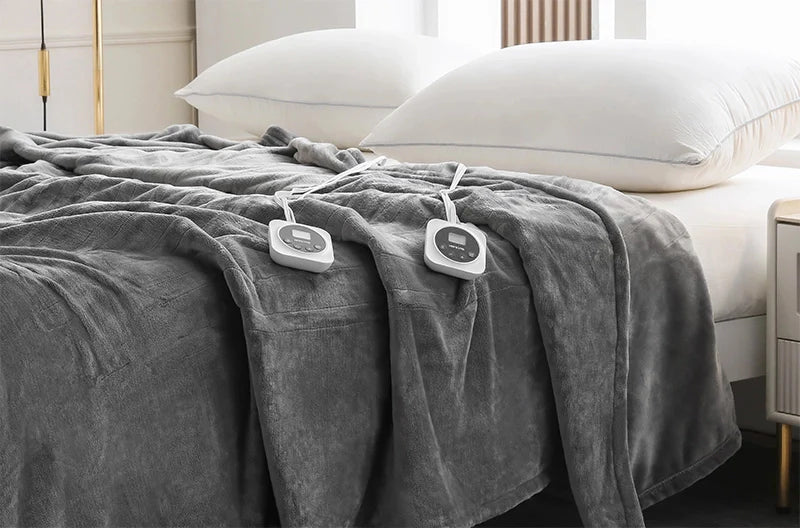




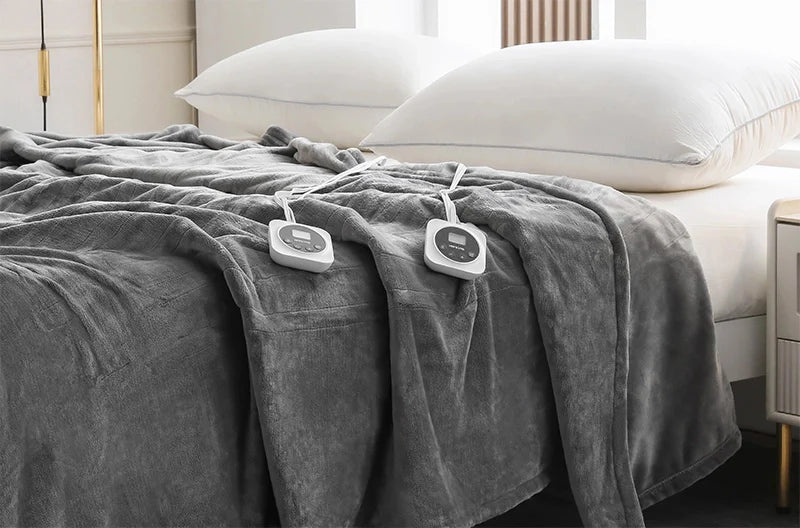
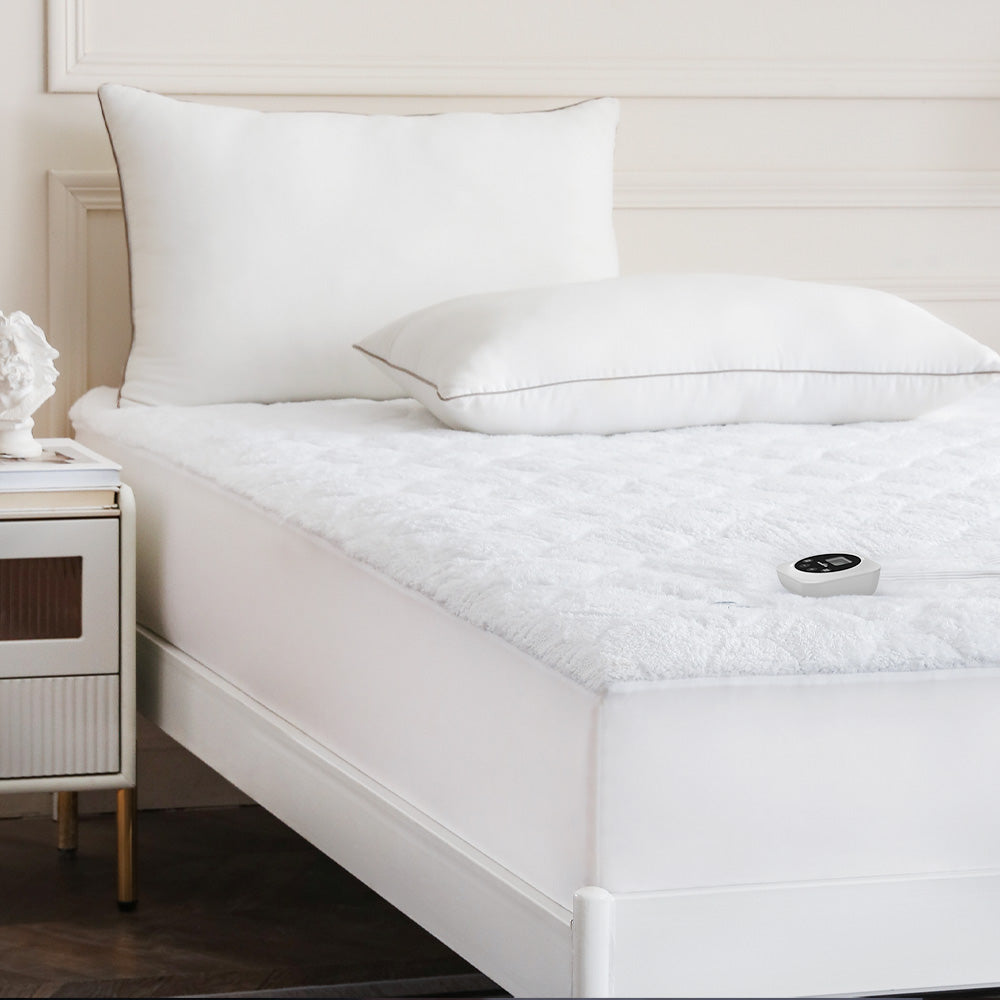
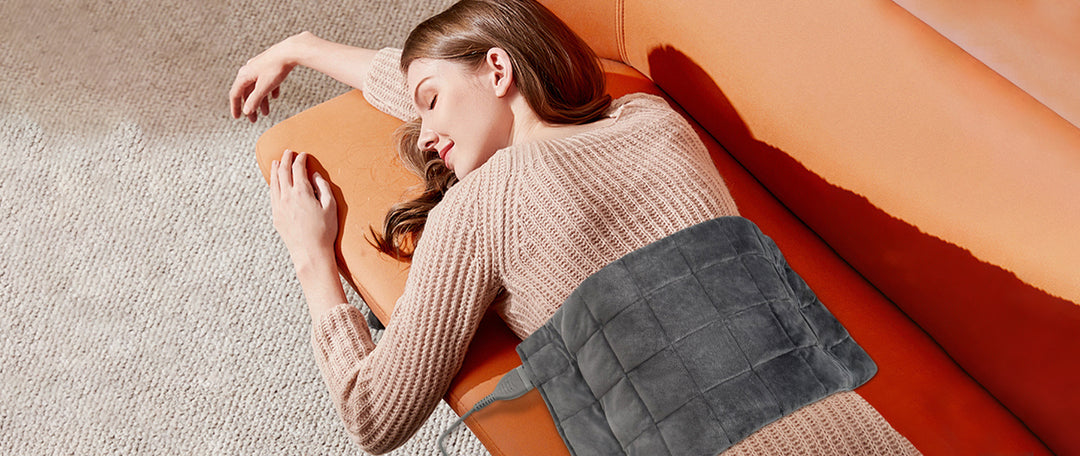
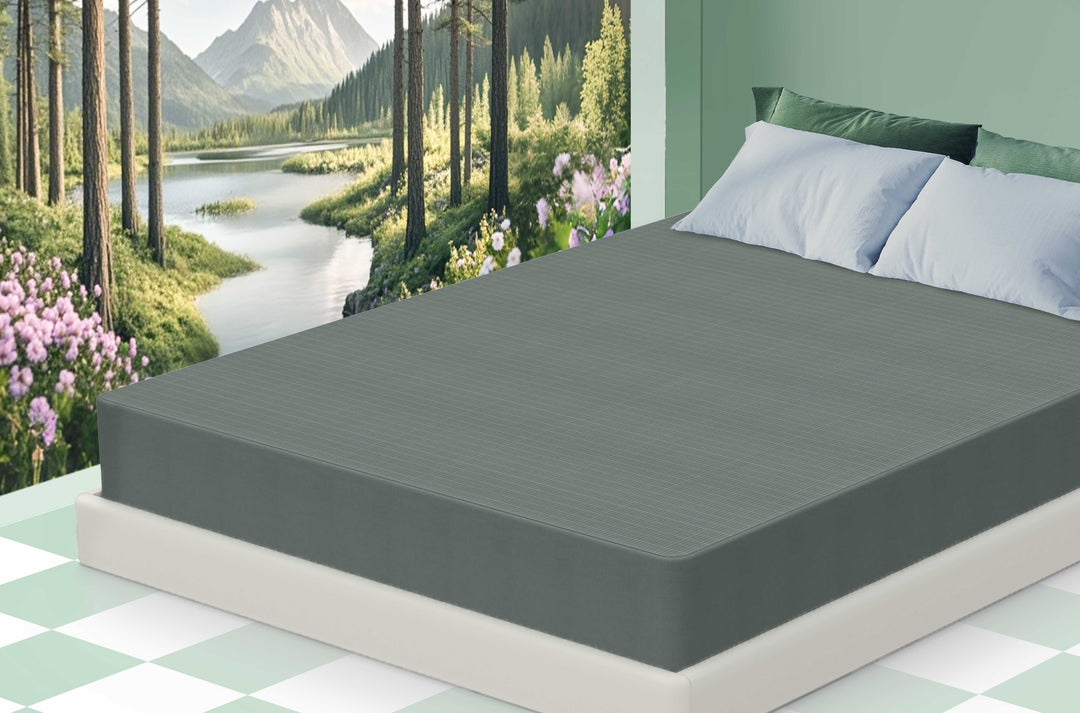



Leave a comment